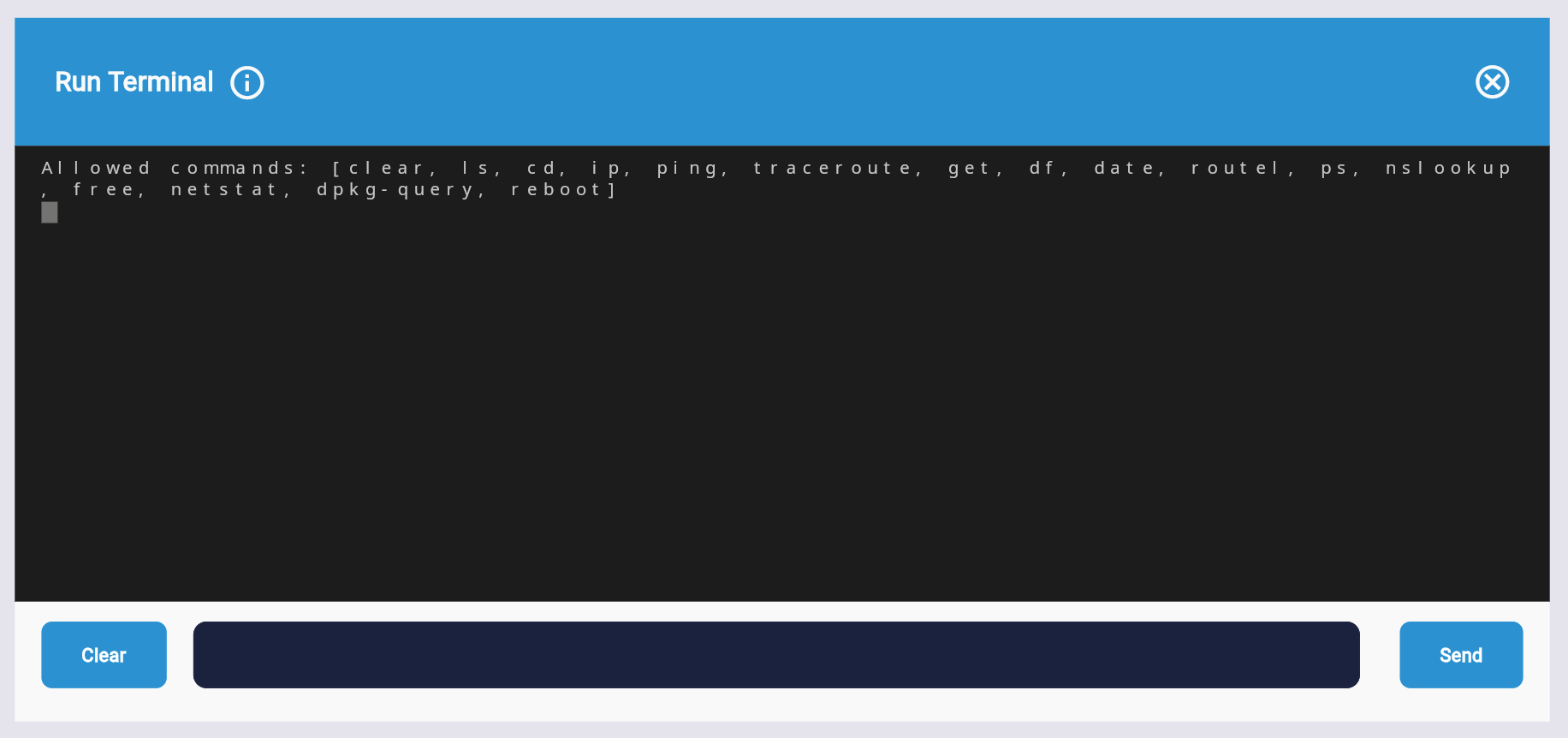Admin
Users & Call Controls
- Creating Extensions for Users
- Editing and Managing Extensions
- Creating Teams & Assigning Extensions
- Configuring Agent Status & BLF
- Managing Extension Schedules
- Managing User Roles
- Managing Call Controls
- Setting up Shared Parking
- Voicemails
- The BLF Function
- Configuring the Speed Dial
- Configuring the Busy Lamp Field (BLF)
Deployment Methods & System Requirements
Installation Guides
RingQ Troubleshooting Tools
Introduction
RingQ offers a comprehensive troubleshooting toolkit for both partners and customers, streamlining the process of identifying and resolving issues. This article provides an overview of the built-in diagnostic tools available to users within the RingQ platform.
All troubleshooting tools are accessible from your web app “Settings” > “Global”.
Call Activity Monitoring
RingQ provides full visibility into both inbound and outbound calls.
- Inbound Rules: Track how calls are routed into the system, including DID mapping and IVR handling.
- Outbound Rules: Monitor outbound dialing paths, gateway usage, and prefix rules.
- Call Logs: Provide timestamps, caller/callee information, status codes, and duration.
Use Case: Check whether a customer’s outbound call is correctly routed through the assigned trunk.
Network & SIP Diagnostics
For advanced troubleshooting, RingQ integrates packet capture and SIP analysis tools

- Capture/Wireshark Integration: Record traffic directly from the system interface.
- SIP Activity: Review full SIP messaging, including INVITE, REGISTER, and BYE transactions.
Use Case: Identify registration failures or one-way audio by analyzing SIP signaling and RTP flow.
Call Flow Reports
 The end-of-call report offers unique insights into specific calls:
The end-of-call report offers unique insights into specific calls:
- Displays a visual call flow with all legs (inbound, outbound, trunk).
- Includes trunk information, codec details, and disconnection cause.
- Provides handshake details for debugging call setup and teardown.
Use Case: Quickly determine why a call dropped (e.g., SIP error 486 Busy Here or 503 Service Unavailable).
Web UI Terminal
RingQ includes a web-based terminal for system-level diagnostics without requiring SSH access. Supported commands include:

Basic Linux Commands
- clear, ls, cd, ip, ping, traceroute, df, date, ps, nslookup, free, netstat
Package & System Management
- dpkg-query – check installed packages
- reboot – restart the system
FreeSWITCH Control Commands
- fs_cli -x “reloadxml” – reload dialplan and configuration
- fs_cli -x “sofia profile external restart” – restart external SIP profile
- fs_cli -x “sofia profile internal restart” – restart internal SIP profile
Use Case: Run ping or traceroute from the Web UI to check connectivity with the SIP provider.
Summary
With these tools, RingQ enables partners and customers to:
- Monitor and verify call activity.
- Perform in-depth SIP and network troubleshooting.
- Review detailed call flow reports for root cause analysis.
- Execute system commands securely via the Web UI terminal.
This end-to-end troubleshooting suite reduces downtime, minimizes dependency on external tools, and accelerates resolution for all users.
